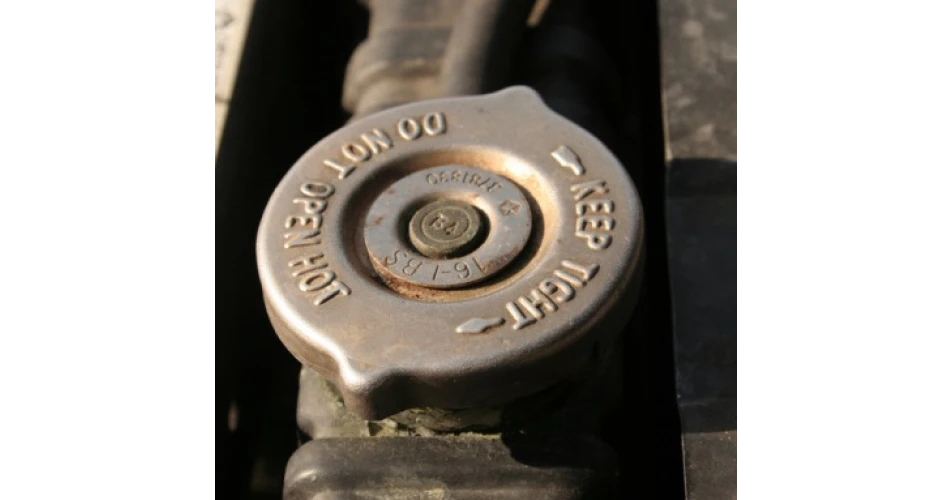For many vehicle owners, the perceived demands placed on the coolant in their car’s cooling system are extremely low. Understanding the function and basics of Coolant is the focus of this febi Blog. In winter, the coolant should not freeze – in summer, it should not overheat. That’s it. In reality, however, the demands placed on coolants for modern engines are enormous. This is especially on account of the fact that even series engines are becoming lighter, more compact, and more powerful, resulting in an increased heating of individual components.
Protection Against Frost and Overheating Virtually every antifreeze (concentrate) consists of about 90% glycol and 10% additives. Additives are substances that influence the properties of the agent. Automotive coolants are a mixture of water and antifreeze. The ideal mixing ratio is 1:1, which corresponds to an antifreeze protection down to -36° C. The maximum possible antifreeze protection of approximately -52° C is achieved with a mixture of 2:1 (antifreeze:water). Pure antifreeze reduces the cooling efficiency by around 50% when compared to the 1:1 mixture.
In addition to lowering the freezing temperature, glycol also contributes to increasing the boiling point which protects the engine from overheating in the warmer months. With a mixture of water and antifreeze in a ratio of 1:1, the boiling point of the coolant is around 107° C thus offering the cooling system an enormous performance reserve.
Tap Water or Distilled Water? The argument that distilled water should be added to the cooling system stems from the fact that phosphate-containing antifreeze was used in the past. These phosphates were incompatible with the minerals found in tap water. Since phosphates have not been present in antifreeze for a considerable time, conventional tap water of drinking quality can be used.
Distilled water has the fundamental advantage that it hardly contains any minerals that can be deposited into the engine. The disadvantage of distilled water, on the other hand, is that the pH level is lower than that of tap water. Pure, triple-distilled water achieves a neutral pH value of 7.0. Tap water has slightly alkaline values usually around 7.5 – 8.0.
The coolant in the engine should always be slightly alkaline (pH value >7) and never acidic (pH value <7), otherwise the seals will be damaged. For this reason, additives are added to each antifreeze to ensure that acids are bound and the coolant remains alkaline. Therefore, the small amounts of minerals in tap water are negligible when compared to the poorer pH value of the distilled water.
Protection of the Entire Cooling System Antifreeze agents have additional lubricating properties, which allow the coolant to be used as a lubricant for cooling system components (e.g. water pump, thermostat, heating valves). This is particularly important for the slide seal ring of the water pump, which would wear out after a short time without antifreeze.
The additives in the antifreeze also protect against corrosion and cavitation and also prevent deposits and foam formation. Silicate is an additive with excellent corrosion protection properties. If the mixing ratio of antifreeze and water is incorrectly calculated, the coolant may contain too few protective additives.
This can lead to corrosion in the entire cooling system. In this case, rust, lime, or dirt can destroy the surfaces of the slide seal ring. A sealing of the pump bearing is then no longer guaranteed. When changing the coolant it is therefore advisable to clean and flush the coolant circuit.
Change Intervals The coolant has a certain wear. Some of the additives are consumed over time. Therefore, the coolant loses its antifreeze and corrosion protection as well as its lubricating effect and thermal conductivity. Foam formation and deposits can also occur. The durability of a coolant depends on its quality and the cleanliness of the entire cooling system.
Wear is particularly intense if leakage occurs or exhaust gases enter the cooling system (e.g. due to a defective cylinder head gasket). For this reason, the coolant should be checked regularly and replaced if necessary. The specifications of the vehicle manufacturer regarding specifications, replacement intervals, miscibility, and mixing ratio must be observed!

